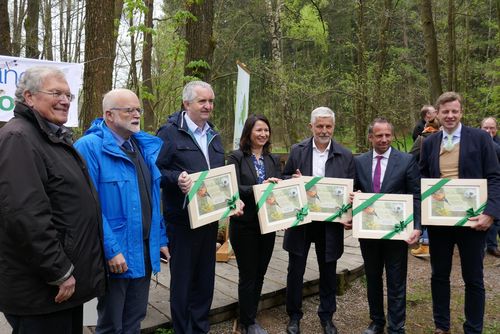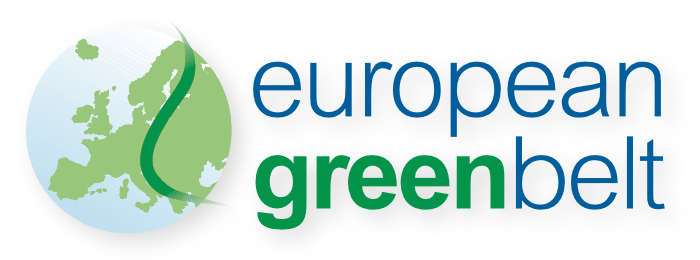Ministers summit at the European Green Belt
To kick-off this year's jubilee "30 Years Fall of the Iron Curtain – 30 Years Green Belt Germany" Vladimir Mana, Deputy Minister of State Administration of the Czech Republic and the three German Federal State environmental ministers Thorsten Glauber (Bavaria), Thomas Schmidt (Saxony) and Anja Siegesmund (Thuringia) met at the Green Belt in the border triangle of Bohemia, Bavaria and Saxony.

The ministers underlined the importance of the Green Belt for cross-border cooperation and the conservation of biological diversity. The event was the starting signal for two press trips along the German Green Belt in May and June 2019 beginning at the border triangle in the south and ending up to the region Altmark (Saxony-Anhalt). The events showed the variety of valuable nature as well as the richness of culture and history along the Green Belt, which is preserved and developed by the commitment of countless governmental and non-governmental organizations and activists.
Various protection projects e.g. for the Freshwater Pearl Mussel, the Garden Dormouse, the Lynx, the Marsh Fritillary or the Whinchat were visited. In addition, the importance of the Green Belt as a living memorial landscape was highlighted in different activities: For example, a replica of the southernmost GDR border post was installed as a memorial to recent history and participants could meet contemporary witnesses.
The press trips were organized by the BUND Department Green Belt and financed by the German Federal Agency for Nature Conservation (BfN) with funds from the Federal Ministry for the Environment, Nature Conservation and Nuclear Safety (BMU).
